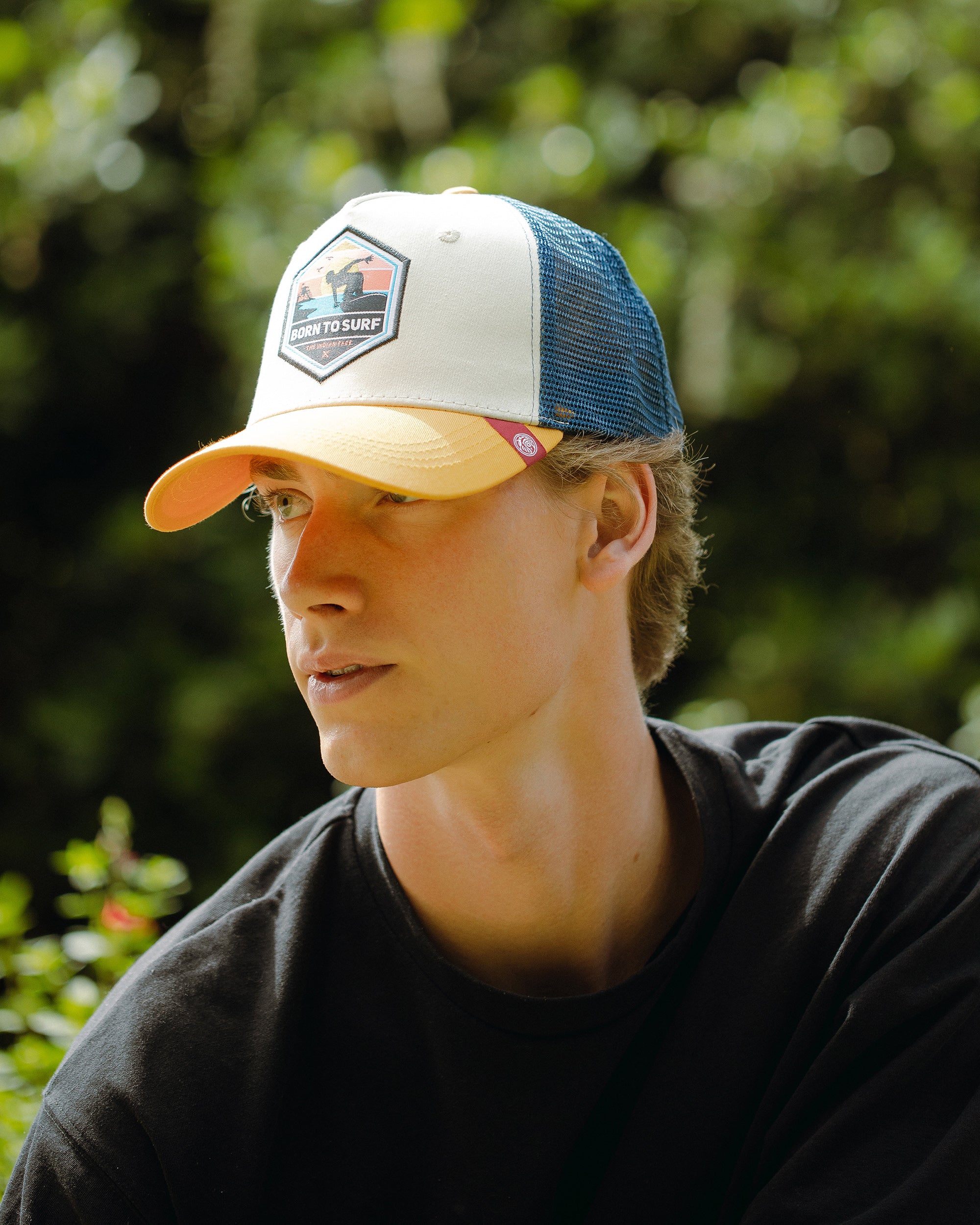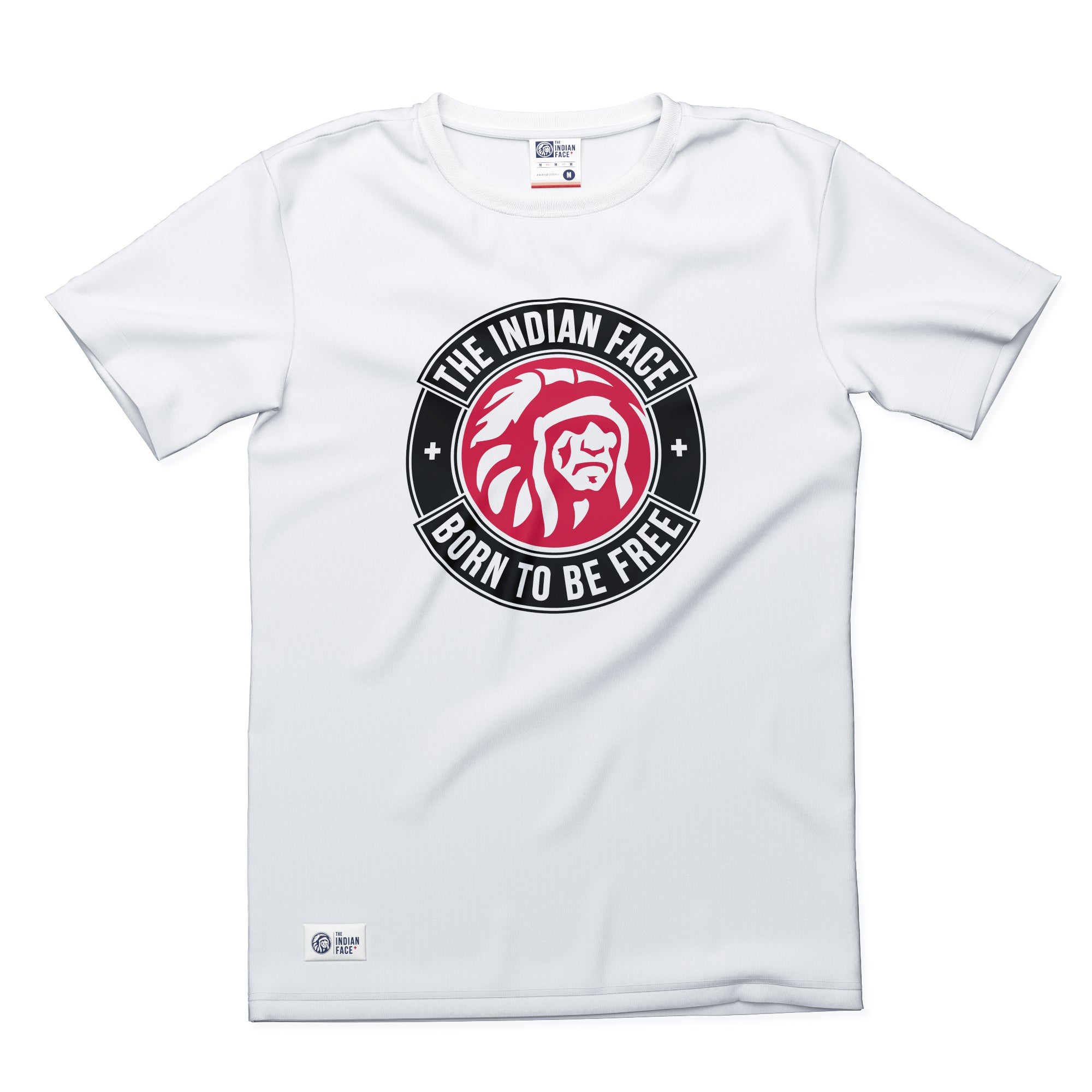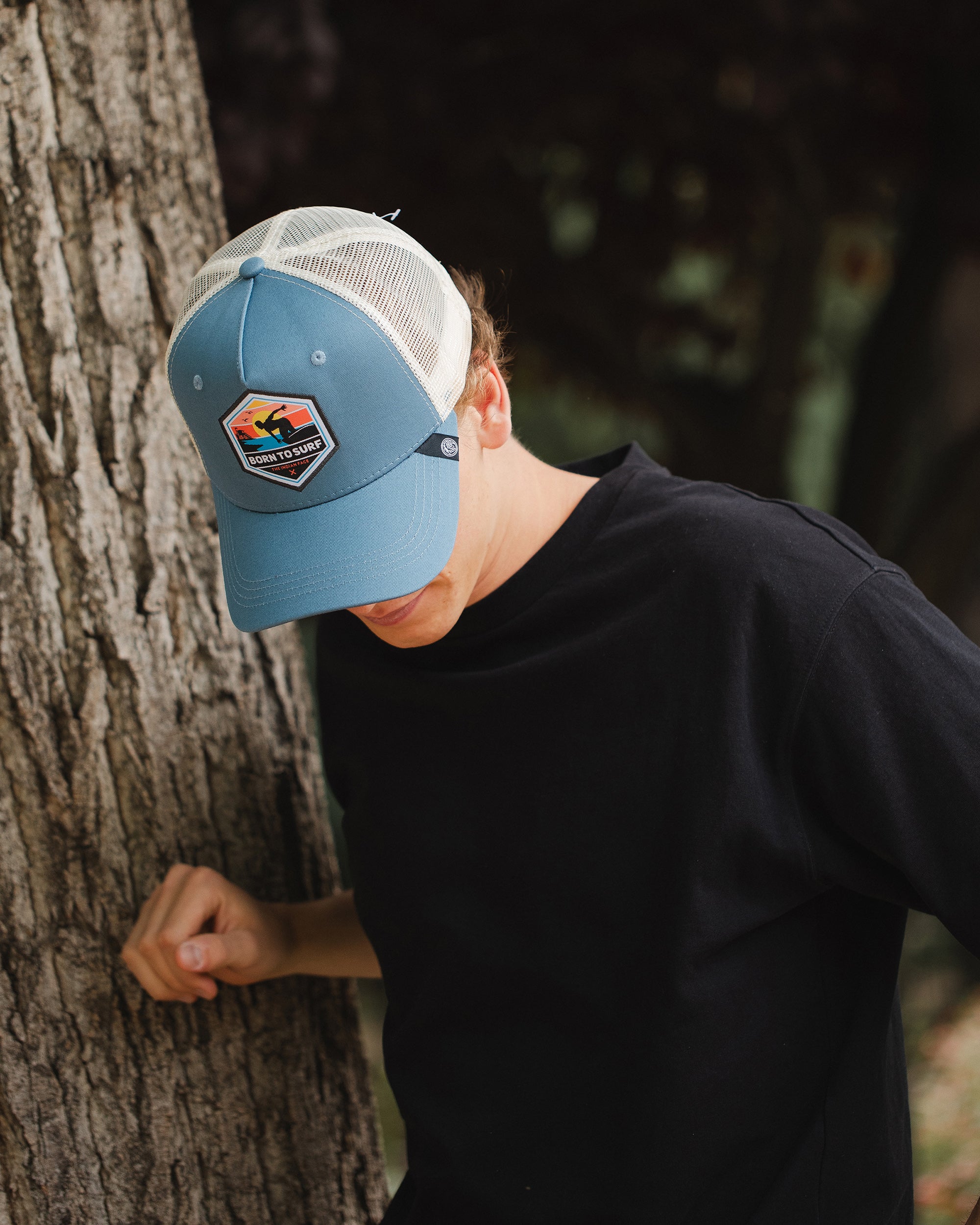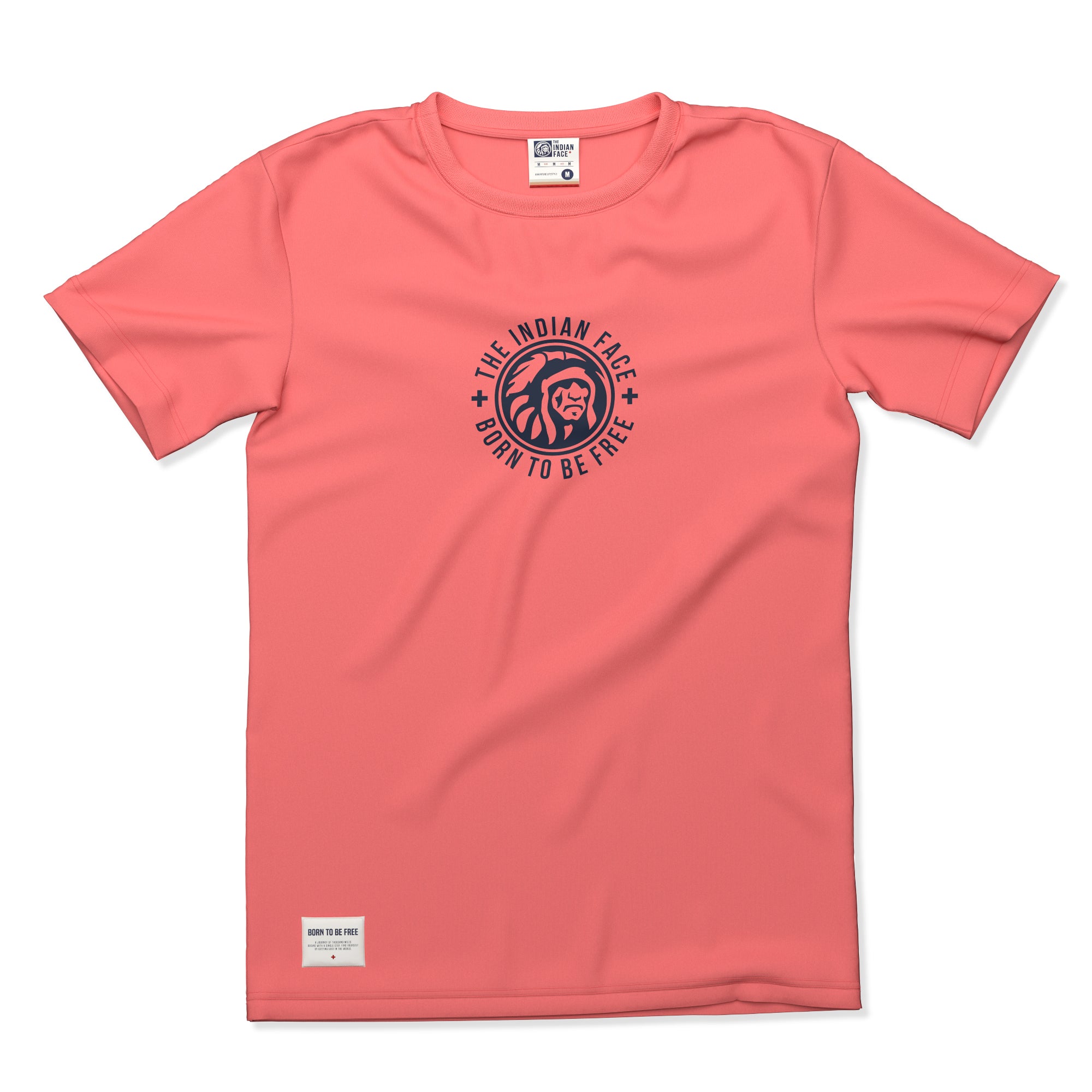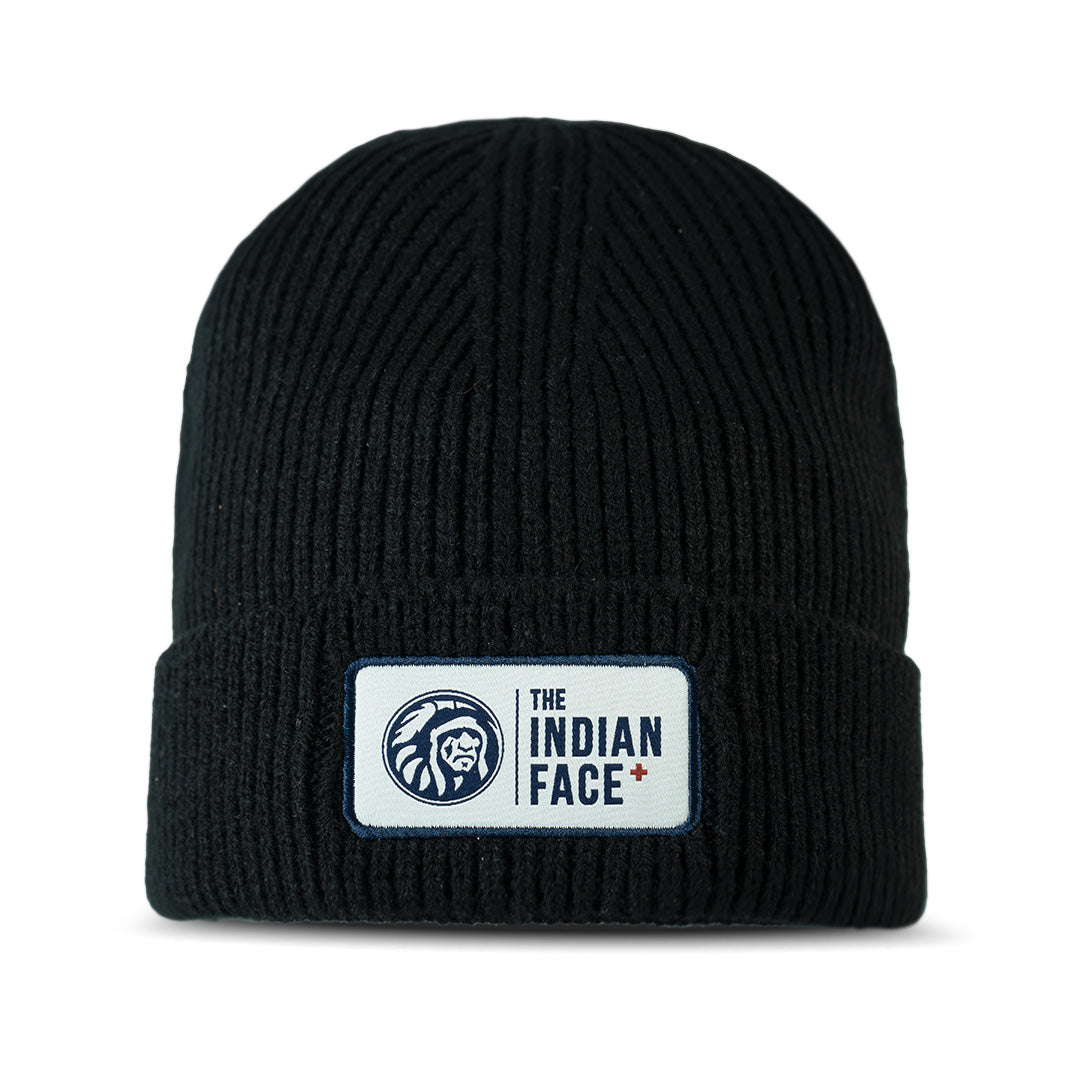With the arrival of winter and with it, the long-awaited arrival of snow, we all want to go skiing, take walks in the mountains, and activities related to outdoor sports. It is normal to think that the fundamental use of sunglasses It is during the summer season, because there is more sun and therefore more solar radiation, but even though we cannot see it, we are exposed to UV radiation on a daily basis, even when the sky is overcast or when temperatures drop. However, in winter there are many factors at play that can seriously damage our eye health, such as unprotected exposure to UV radiation, cold winds and bright reflections from the snow. The important thing to know is that under no circumstances can we put our vision at risk by practicing these sports activities. Exposure to snow with our eyes can become enemies for our eyes if we do not take the necessary protective measures.
It is Dr. Juan Carlos Martínez Moral, also president of the General Council of Colleges of Opticians-Optometrists (CGCOO), who advises the use of approved sunglasses to prevent solar keratitis. He points out that using sunglasses of proven optical quality, purchased in optical health establishments or authentic sunglasses stores, helps to preserve good ocular and visual health, thereby avoiding inflammation of the cornea. Snow reflects approximately 80% of sunlight, a figure well above sand, which reflects between 10 and 25%, so protection must be maximum and always guaranteed with quality products.

What is keratitis?
Keratitis is defined as an inflammation of the cornea that can be caused by multiple physical and organic agents, such as exposure to ultraviolet radiation when skiing or mountaineering. In solar keratitis, the symptoms usually affect both eyes and do not appear after exposure to light, but after a few hours. Its characteristic symptoms are pain, red eyes, tearing and difficulty opening the eyes due to intolerance to light and it appears mostly due to sun exposure while skiing.
What damage does keratitis cause and how do I protect myself with polarized sunglasses?
It is worth mentioning that the damage caused by excessive sun exposure is cumulative. Children and adolescents are especially vulnerable, as their visual system is still maturing. Snow reflects about 80% of sunlight, while sand reflects between 10% and 25% and water 20%. Added to this reflective effect is the altitude, as for every 1,000 meters the proportion of ultraviolet rays in sunlight increases by 10%. Therefore, when we go skiing our eyes are very exposed to the sun's ultraviolet rays and their possible side effects such as solar keratitis. For this reason, it is very important to know what we should do if our exposure to the light reflected by the snow has damaged our vision. In an ophthalmological examination, diffuse punctate lesions are observed in the outermost layer of the cornea, the epithelium.
With proper treatment, the lesions heal in one or two days. People who wear contact lenses should remove them as soon as possible and consult an ophthalmologist before resuming use.That's why we should have some on hand sunglasses appropriate so that this type of thing does not happen!
How to prevent keratitis or any type of damage to our eyes?
For this, it is very important to use good protection with appropriate sunglasses. This is essential to preserve our visual health in the snow. It is essential to know that if the sunglasses The glasses you are using that are not made of glass or organic will not be of any use. Sunglasses made of low-quality polymers (plastic) can even let UV rays through despite appearing very dark, and over time they can become deformed and cause optical aberrations, eye discomfort or headaches. Although non-approved or low-quality glasses are cheaper, we must bear in mind that they are sold in non-specialized places and do not adequately protect against solar radiation. When skiing, it is always advisable to use lenses that minimize glare, as they eliminate reflections from certain angles on surfaces such as water, snow or sand.
We must also take into account that in places of high altitude, the air is much thinner, which generates more ultraviolet radiation in the atmosphere. Specifically, UV radiation increases by 3% for every 400 meters of height. And if we add a reflective medium such as snow, the risk of prolonged exposure to this radiation doubles while practicing any snow sport. This is why it is essential that you use sunglasses appropriate or masks that protect your eyes from almost 80% of UV radiation reflected in the snow.
How do we know if our sunglasses protect us from snow?
1. The first thing to do is to check the label and choose the ones that guarantee 100% UV protection. If they are not marked with this specification, it is best to discard them and keep looking. We must have glasses that will truly fulfill the function we are looking for!
2. Another factor to take into account is the category of the lens. Lenses are classified from 0 to 4, with 4 being the default category for areas where the incidence of sunlight is extreme and constant and where there is a very high light reflection on surfaces (snow and water). When the day is not going to be completely sunny every hour, the category of the lens may be 0 to 4.
3. Finally, you can also choose those models with a polarizing filter, since this filter absorbs the reflection that occurs on metal surfaces, glass, water or snow. polarized sunglasses They will always offer us a plus in terms of safeguarding our eyes! The reason for this is that they minimize glare and eliminate reflections from certain surface angles such as snow.
We must bear in mind that both our skin and our eyes are organs that are always exposed to the direct action of the weather we encounter, especially if we are in the mountains and are surrounded by snow. Likewise, we must protect them from radiation by always using quality products that help us fulfill the protective function we are seeking.
In
We invite you to take a look at our sunglasses and discover for yourself the importance of investing in a pair. quality sunglasses right now.They are very important in all outdoor activities!


- Polarized lenses: they deflect the reflections and the rebound of the sun's rays on surfaces such as the road or the sea, thus creating greater visual softness, which translates into greater comfort for your eyes.
- UV400 filter that protects you from the sun's UV rays, including UVA and UVB rays.
- Category 3 light transmission, perfect for days of intense sun. For going to the beach, playing sports or simply walking in the countryside or the city.
- TAC lenses made with a multi-layer High Definition coating to achieve greater clarity in any light condition. You will see all colors with better contrast and greater fidelity.

- Ultra-light frame made of PC.
- Extra comfortable unisex ergonomic design for a better fit for both men and women.
- 5-bar titanium hinges for maximum durability and performance. Sunglasses can be opened and closed thousands of times, so it is important to have top-quality hinges that can withstand the test of time.








